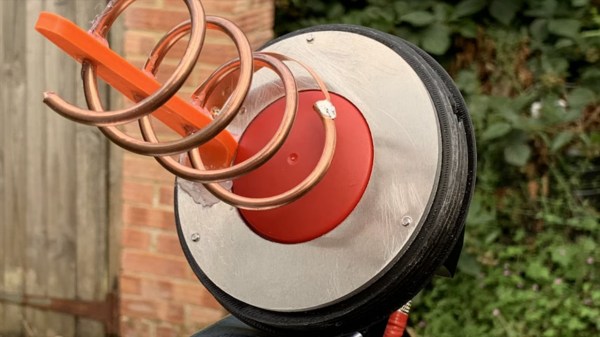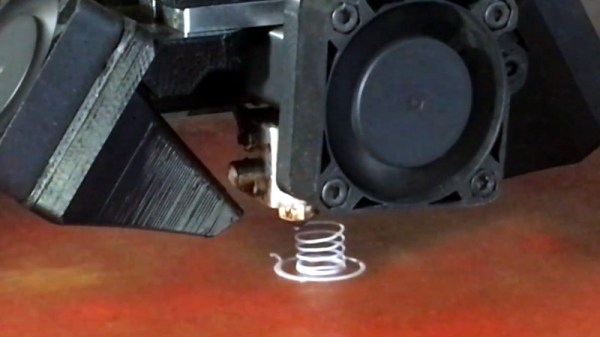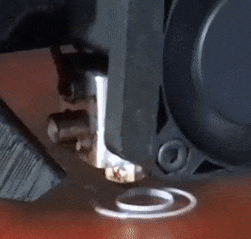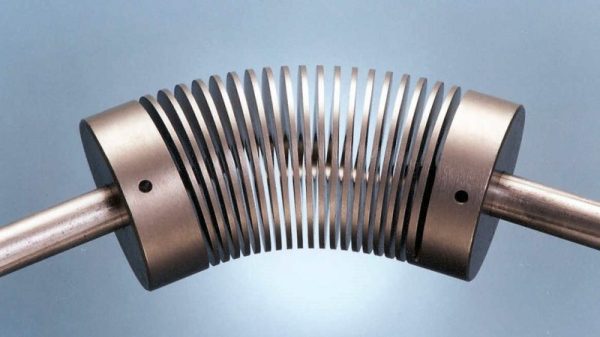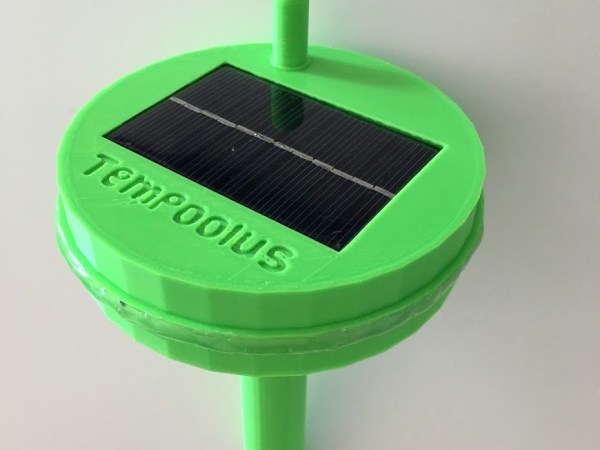The real action in the world of ham radio is generally in the high frequency bands. Despite the name, these are relatively low-frequency bands by modern standards and the antenna sizes can get a little extreme. After all, not everyone can put up an 80-meter dipole, but ham radio operators have come up with a number of interesting ways of getting on the air anyway. The only problem is that a lot of these antennas don’t seem as though they should work half as well as they do, and [MIKROWAVE1] takes a look back on some of the more exotic radiators.
He does note that for a new ham radio operator it’s best to keep it simple, beginning work with a dipole, but there are still a number of options to keep the size down. A few examples are given using helically-wound vertical antennas or antennas with tuned sections of coaxial cable. From there the more esoteric antennas are explored, such as underground antennas, complex loops and other ways of making a long wire fit in a small space, and even simpler designs like throwing a weight with a piece of wire attached out the window of an apartment building.
While antenna theory is certainly a good start for building antennas, a lot of the design of antennas strays into artistry and even folklore as various hams will have successes with certain types and others won’t. It’s not a one-size-fits-all situation so the important thing is to keep experimenting and try anything that comes to mind as long as it helps get on the air. A good starting point is [Dan Maloney]’s $50 Ham Guide series, and one piece specifically dealing with HF antennas.



